Amid a rising trend that sees clients making the move to what many are calling ‘interior couture’, we speak to interior designers and furniture makers to discover why investing in bespoke, artisanal pieces can add value to a home in insurmountable ways.
Be it a perfectly tailored Savile Row suit or a one-of-a-kind Hermès Birkin handbag, purveyors of style know that when it comes to the finer things in life, investing in quality over quantity makes both aesthetic and financial sense. Much like the reappraisal of fast fashion, a growing audience is making the move to what many are calling ‘interior couture’, with more and more interior design clients purposely looking to bespoke, artisanal pieces that add value to their homes in insurmountable ways.
“Very often we simply can’t find what we are looking for and we end up resorting to bespoke design,” Claire Sa, director at De Rosee Sa tells Effect. “There is something very wholesome about the process that starts with a hand sketch and ends up with a piece being crafted in a workshop by people who really care about the individual item they are working on. We can never achieve this in mass-market products – you don’t get any dialogue with the designer and there is no story. Buying bespoke or artisanal creates a stronger emotional link to the piece and inevitably makes the client love what they have bought even more.”
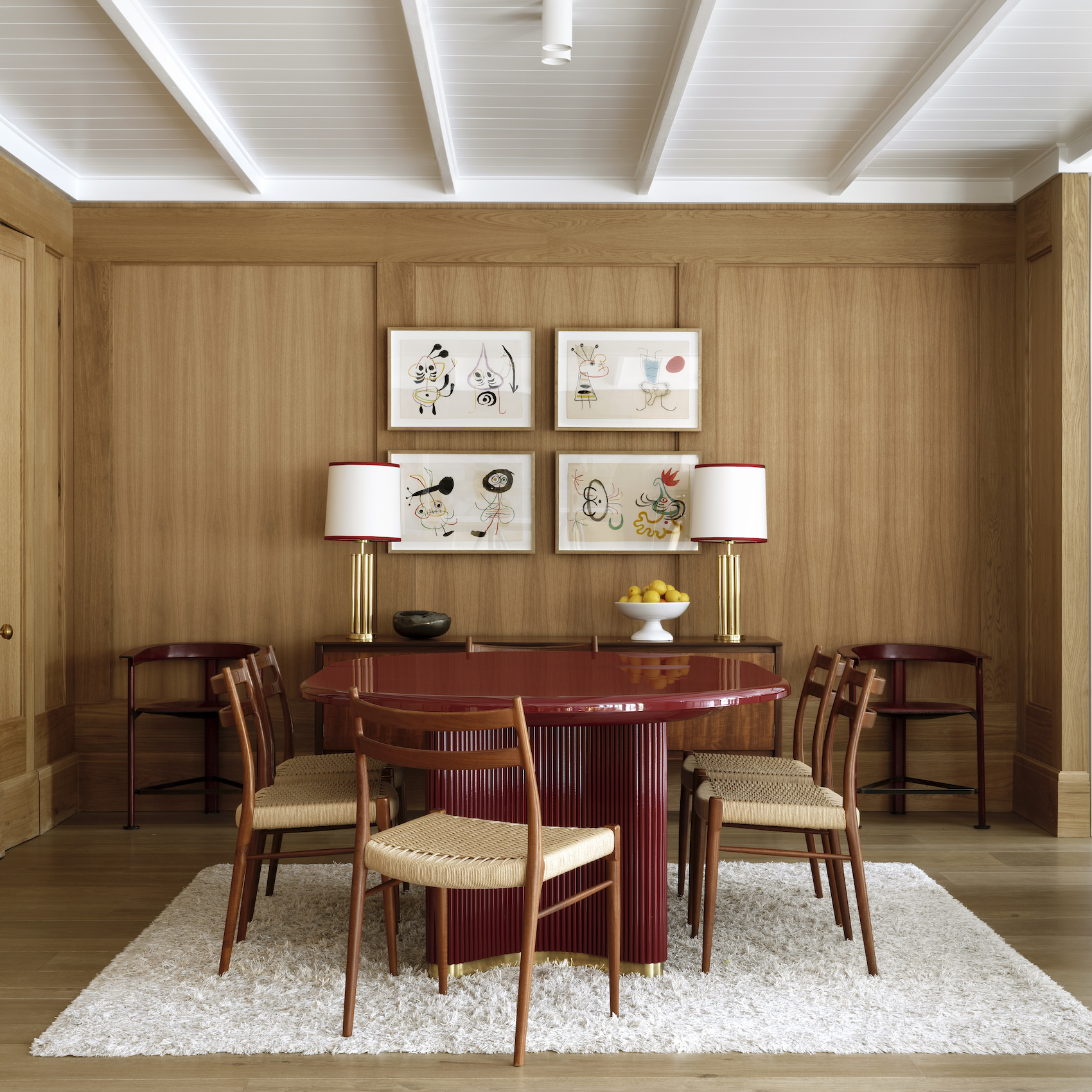
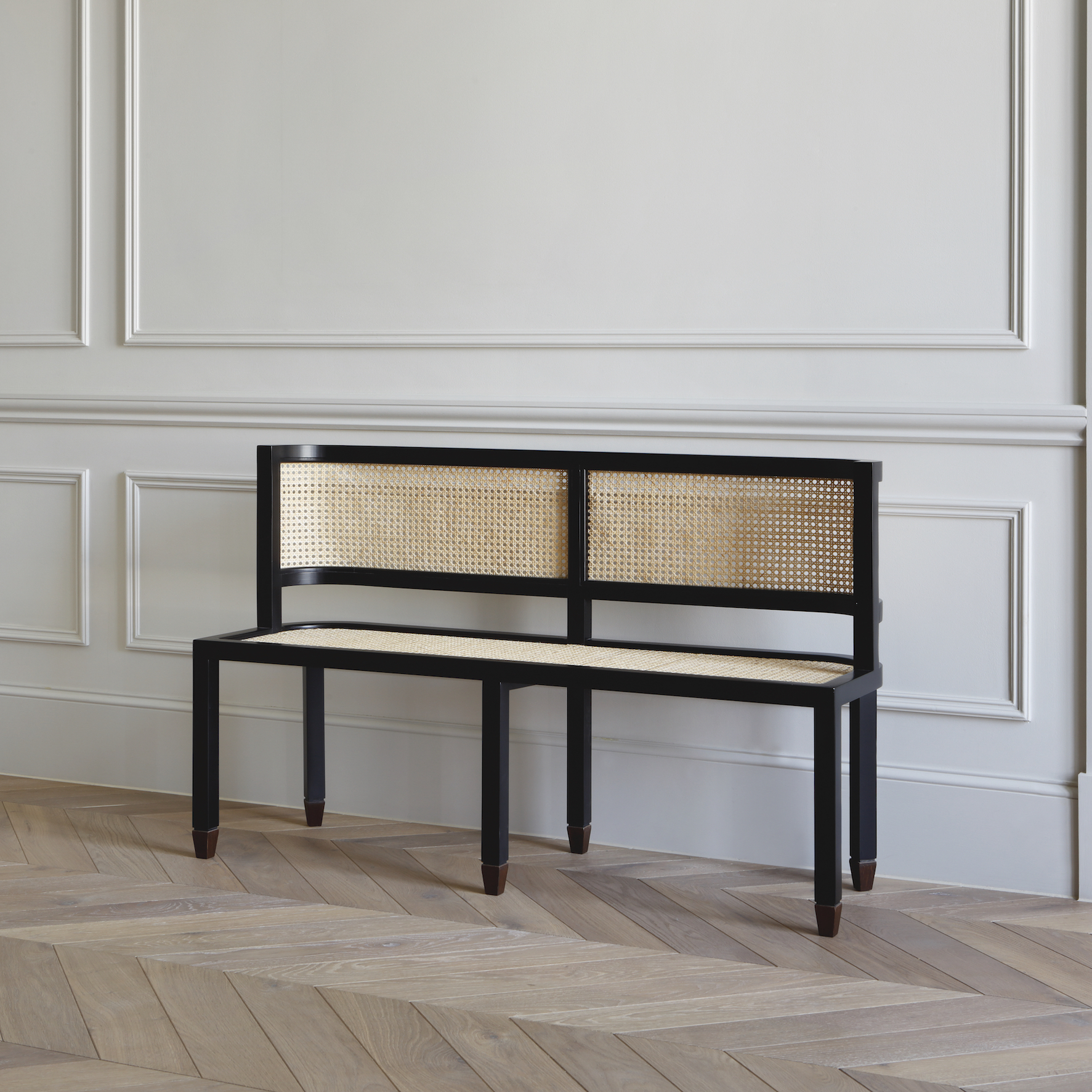
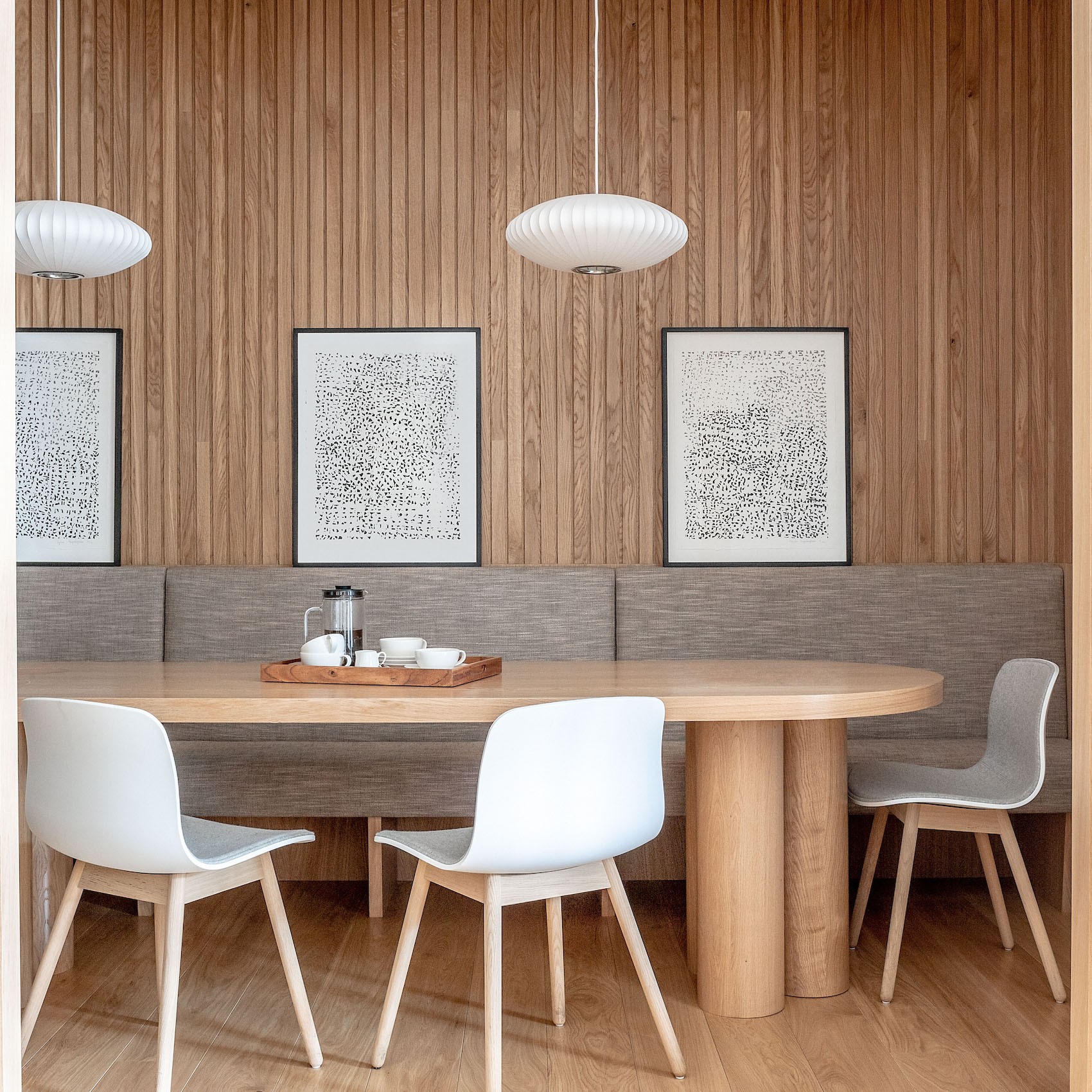
Be it to answer practical problems such as unusual layouts and wonky walls, or an opportunity to flex creative muscles that have long been lying dormant, artisanal pieces also get the vote from Samuel Pye, creative director at London-based studio Echlin. “These pieces add the wow-factor our clients are often looking for,” he explains. “By commissioning bespoke pieces, our clients become patrons of artistry and craftsmanship, often keeping centuries-old skills alive, or providing the investment for the material innovation needed for furniture of the future.” As such, Pye and his team have encouraged clients to consider pieces like a console table from Dirk van der Kooij, who recycles plastics to create furniture and lighting, as well as items like a bespoke Tortie Hoare sideboard in walnut and leather saved from deep pelts that is usually a wasted material.
Buying bespoke or artisanal creates a stronger emotional link to the piece and inevitably makes the client love what they have bought even more.
Claire Sa, director, De Rosee Sa
Speaking of the value a bespoke piece can add to a client’s home, it’s not just knowing that no-one else will have the exact same coffee table, or that their home isn’t going to fall into the trap of becoming ubiquitous – the benefits are manifold. “Firstly, these pieces are more considered and suited to the client’s needs,” explains Sa. “They are also an extension of the architectural interior space we as designers create, and the client always ends up feeling more involved in the design process if they are able to agree to the materials and finish. We often send in-progress photos of pieces we are designing from a workshop, and clients really enjoy seeing their pieces take shape.”
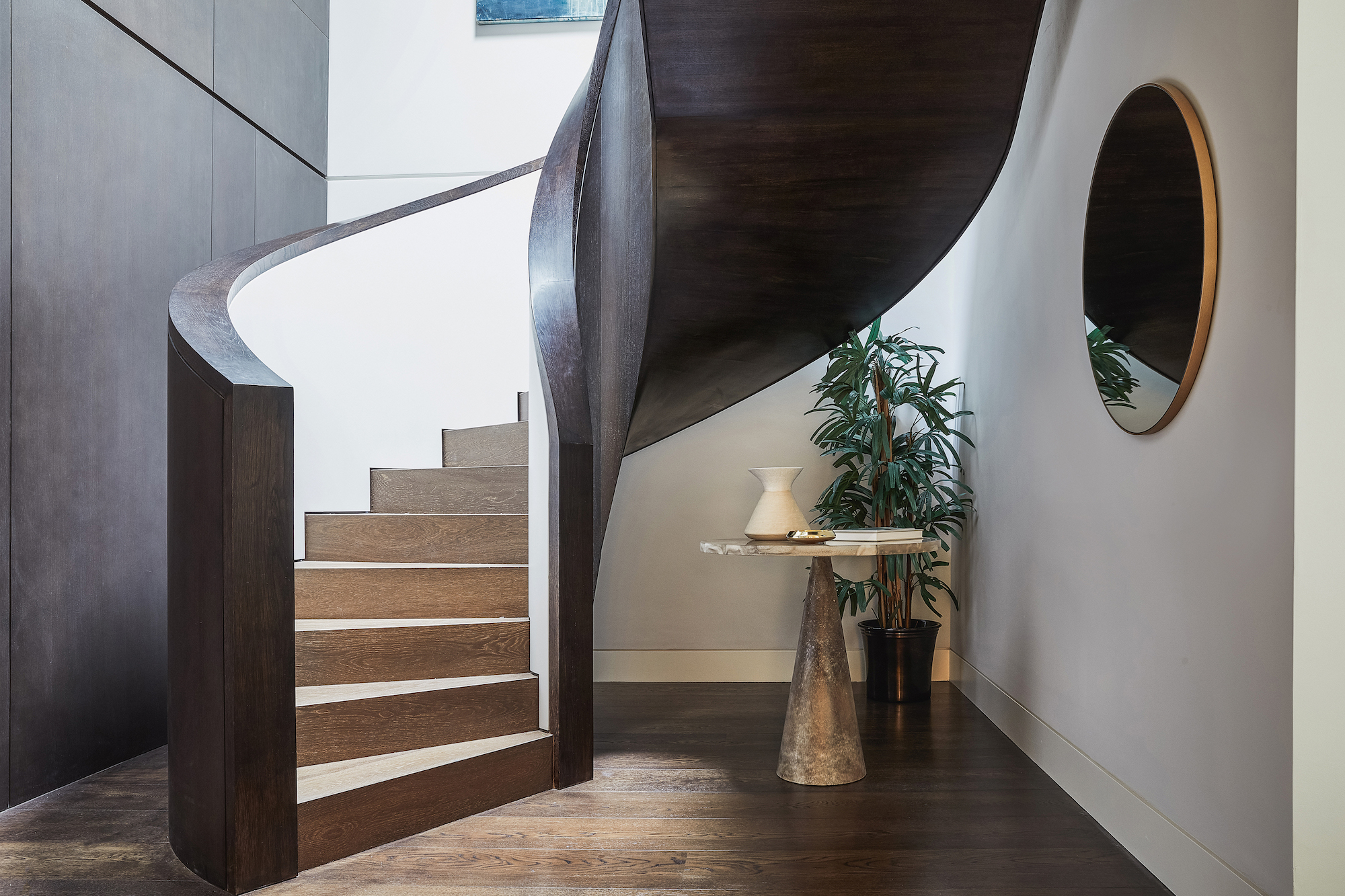
Buying less can often mean buying better, leading to a more sustainable future for interior design. Bespoke artisanal pieces often use responsibly sourced materials and provide a sense of meaning that make them less disposable; and the exquisite quality can give them a lifespan of hundreds of years. “These pieces also contribute to sustaining dying crafts and the livelihoods of smaller businesses that struggle to compete with mass-market producers,” adds Sa.
These pieces add the wow-factor our clients are often looking for. By commissioning bespoke pieces, our clients become patrons of artistry and craftsmanship.
Samuel Pye, creative director, Echlin
Established in 2015, Byron & Gomez is one of the artisanal disruptors leading the pack. It’s the brainchild of Charles Byron and Maria del Mar Gómez – two furniture makers who share an aspiration to create traditionally-made contemporary furniture with a timeless appeal; and all pieces are handmade by the pair in their workshop in Somerset. While responsibly sourced wood including oak, ash and walnut is at the heart of their work, the team also embraces the likes of cane and cloth, as well as accents of stone, brass and ceramics to create true one-of-a-kind pieces. “We have a love of contemporary design and a passion for traditional craft,” Bryon tells Effect. “Our training as cabinet makers instilled in us a meticulous attention to detail which is evident in both the design and execution of our work. Through the use of high-quality materials and our commitment to a simple harmony of form and function, we create furniture that will last for generations to come.”
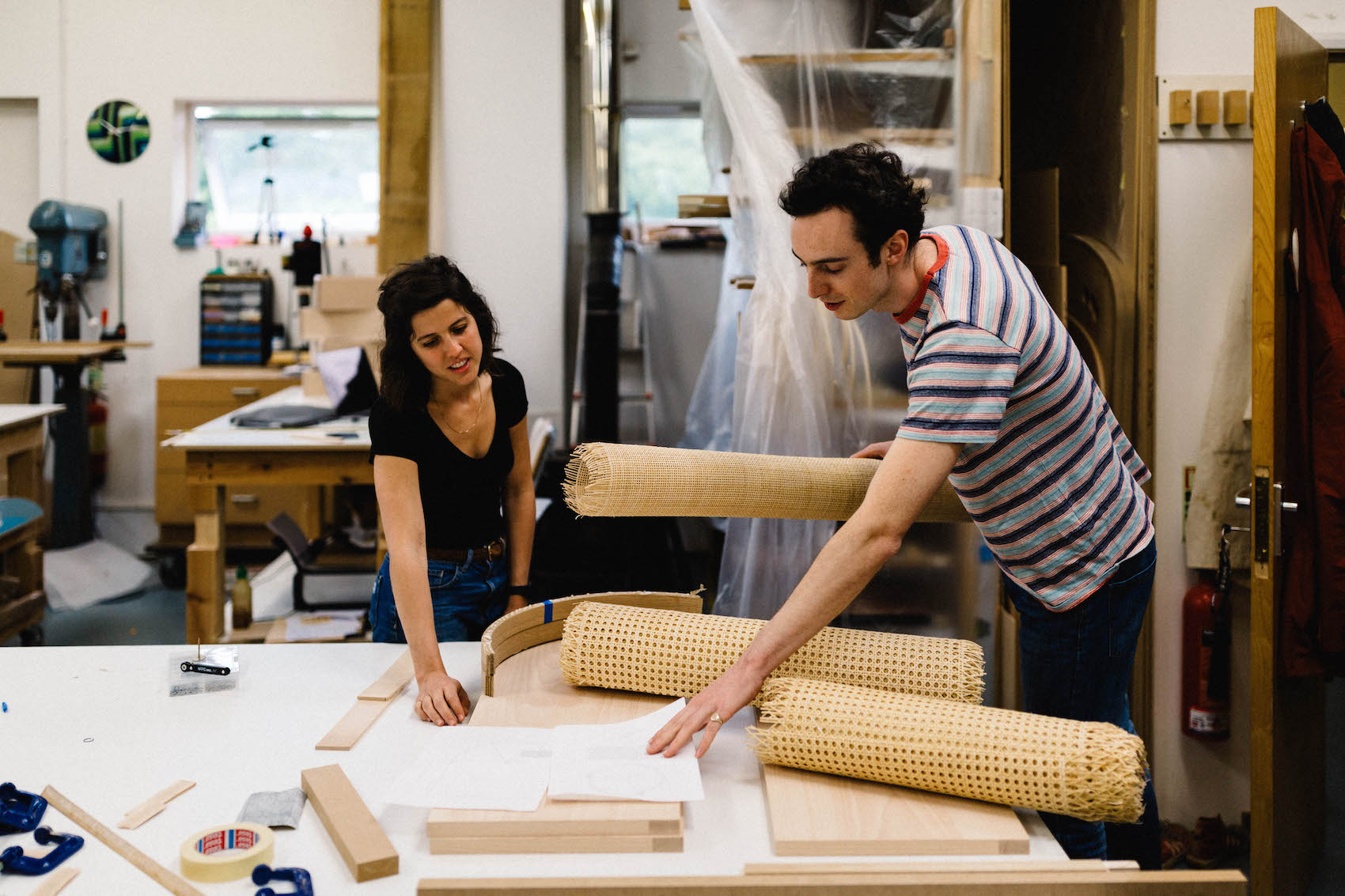
One of the company’s most recent and ultimately one of its most unique commissions was the Molecular desk which, as a gift from a wife to a husband, came with a brief that was simply to tame the chaos of his desk. Inspired by his profession as a medical researcher, hexagons were predominantly used in the design, while the pair gravitated towards bulbous joints made in white maple to resemble bone.
Through the use of high-quality materials and our commitment to a simple harmony of form and function, we create furniture that will last for generations to come.
Charles Byron, co-founder, Byron & Gomez
To give the piece even greater significance, the desktop and drawer came crafted from wind-felled Lucombe oak from the client’s own estate. “It was a particular variety of the evergreen Holm oak, and had a wonderfully wild grain and fiery colour,” adds del Mar Gómez. “While challenging to use, the results are undeniably stunning.” Another stand-out piece includes a large extending dining table briefed to function as an art table with in-built storage, and which evolved to include a portion of the table that lifted up to become an easel. “It ended up being the most difficult piece we ever designed or made, but it was more than worth it,” she says.
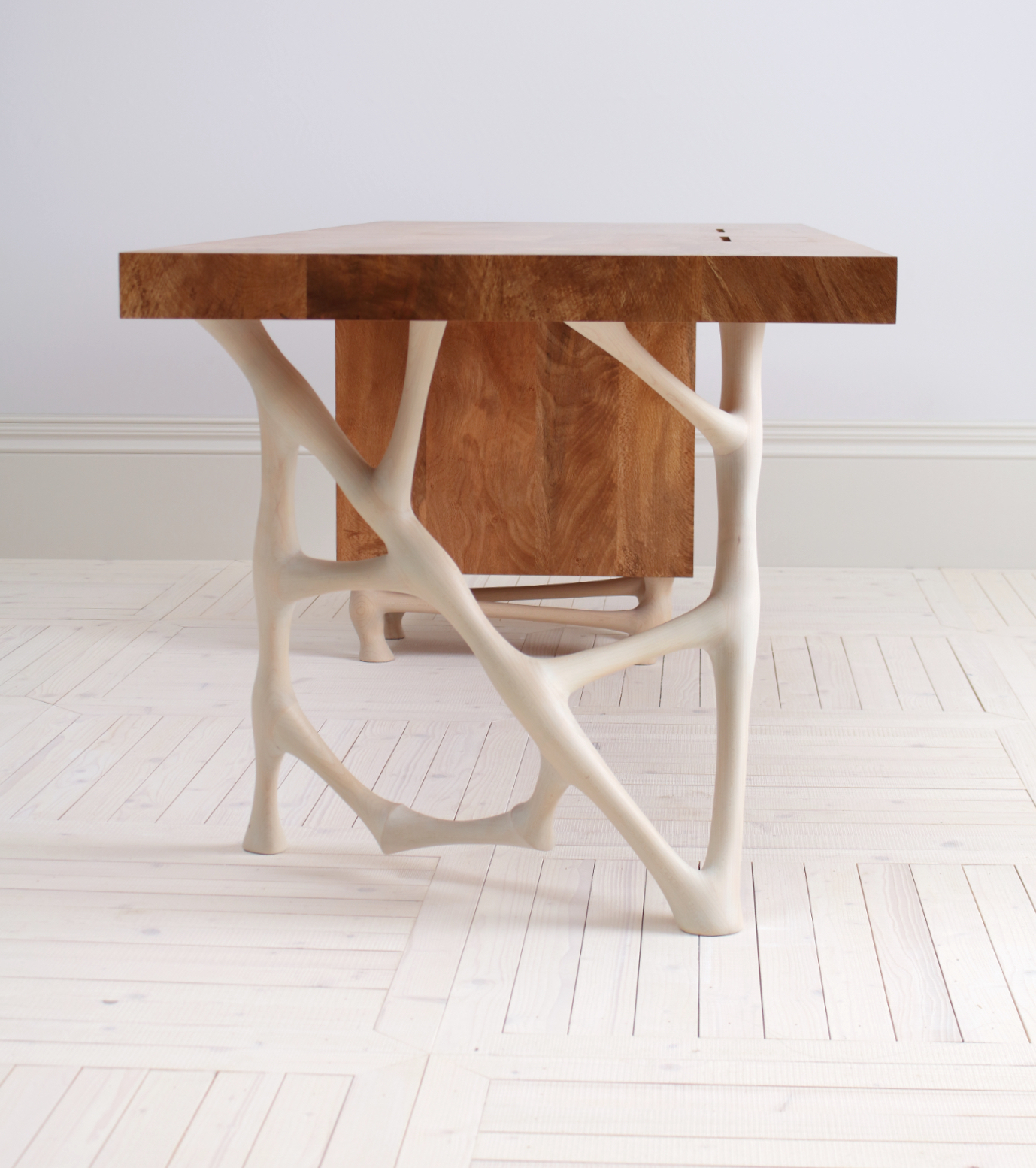

Dorset-based furniture maker Alice Blogg is another name to watch. Creating not just bespoke pieces, but full bespoke spaces from wood, her design-led company has an infectious passion for keeping hand skills and craft alive. “There is always an answer for creating furniture for the future and not just buying now,” says Blogg. “We believe buying bespoke artisanal pieces can be passed down through generations, and these pieces will last and become part of the story.”
We believe buying bespoke artisanal pieces can be passed down through generations, and these pieces will last and become part of the story.
Alice Blogg, furniture-maker
As we speak, Blogg and her team are in the process of designing and making a whole ski chalet interior in France, from the kitchen to the living room. “This project includes enhancing and creating work that fits with the beautiful old chalet,” she explains. “On the other side, we are creating an arts and crafts style 12-seater dining room tabled in English walnut. Very simple and very practical. We’ve worked on arts sculptures and art seating projects through to whole projects of interior design. Each one is a unique request.”

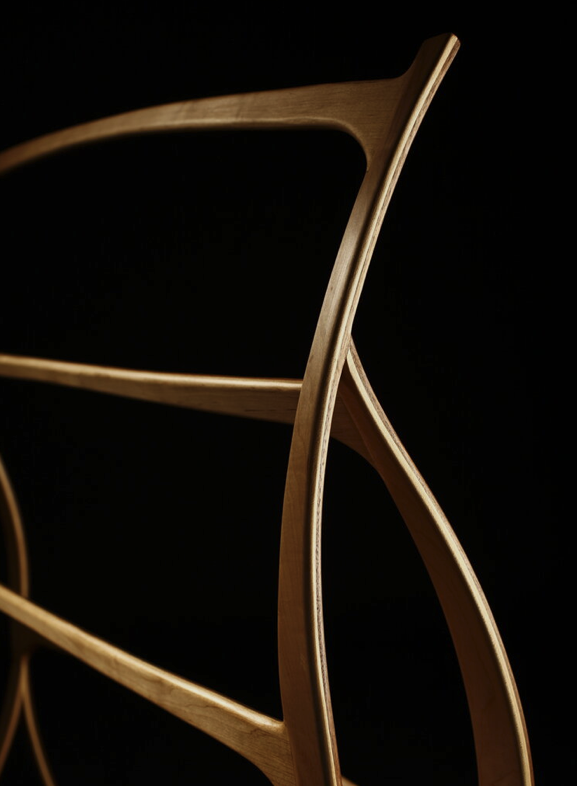
While other designers such as 8 Holland Street, the New Craftsmen and Andu Masebo (a product designer making tubular chairs from the steel pipes used for car exhausts) are on the speed dial of many interior designers, there’s plenty of hidden talent waiting to be discovered – you just have to know where to look. “Wandering the streets in new cities, pop-up markets and talking to friends in the industry are all great ways to discover new and unique brands,” advises Pye. “I also highly recommend trade fairs like PAD, Masterpiece, London Craft Week, Decorex and London Design Week, and specifically looking at the local design districts such as the Brompton Design District. Instagram is great too.” Claire agrees that scrolling social media is one of the most effective ways to make new contacts, even if it can be a time consuming process. “Instagram is a great source for new brands that sometimes don’t have a physical shop or the exposure of bigger brands,” she says. “There are some small brands that have Instagram shops only and you have to reach out to the designers. You do have to dig, but they are there.”
Read more: Design | Design Fairs | Crafts | Interior Designers I Interiors | Sustainability



